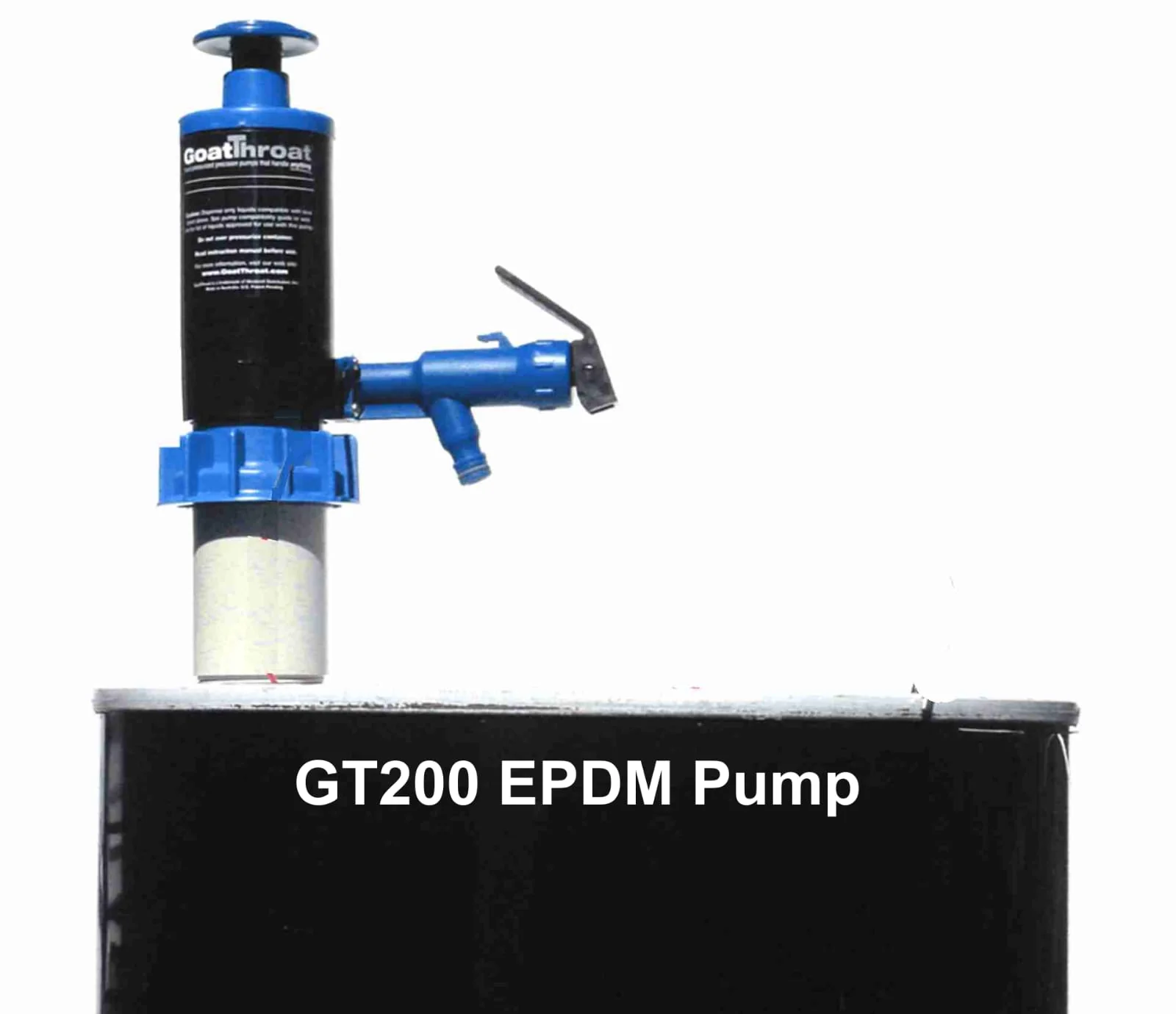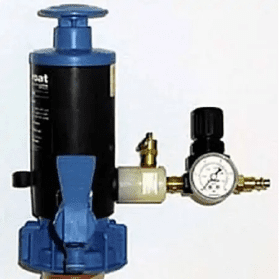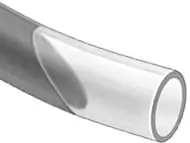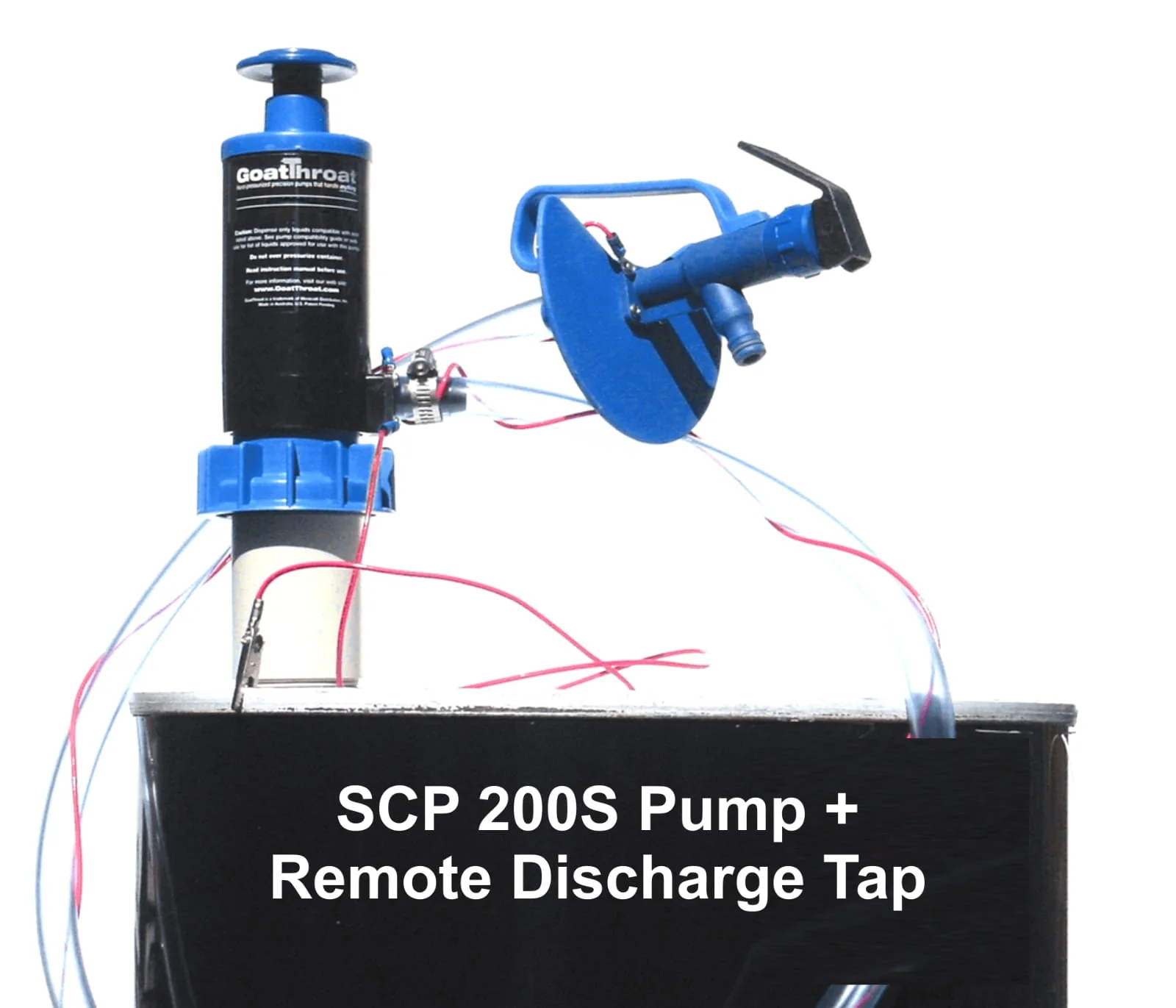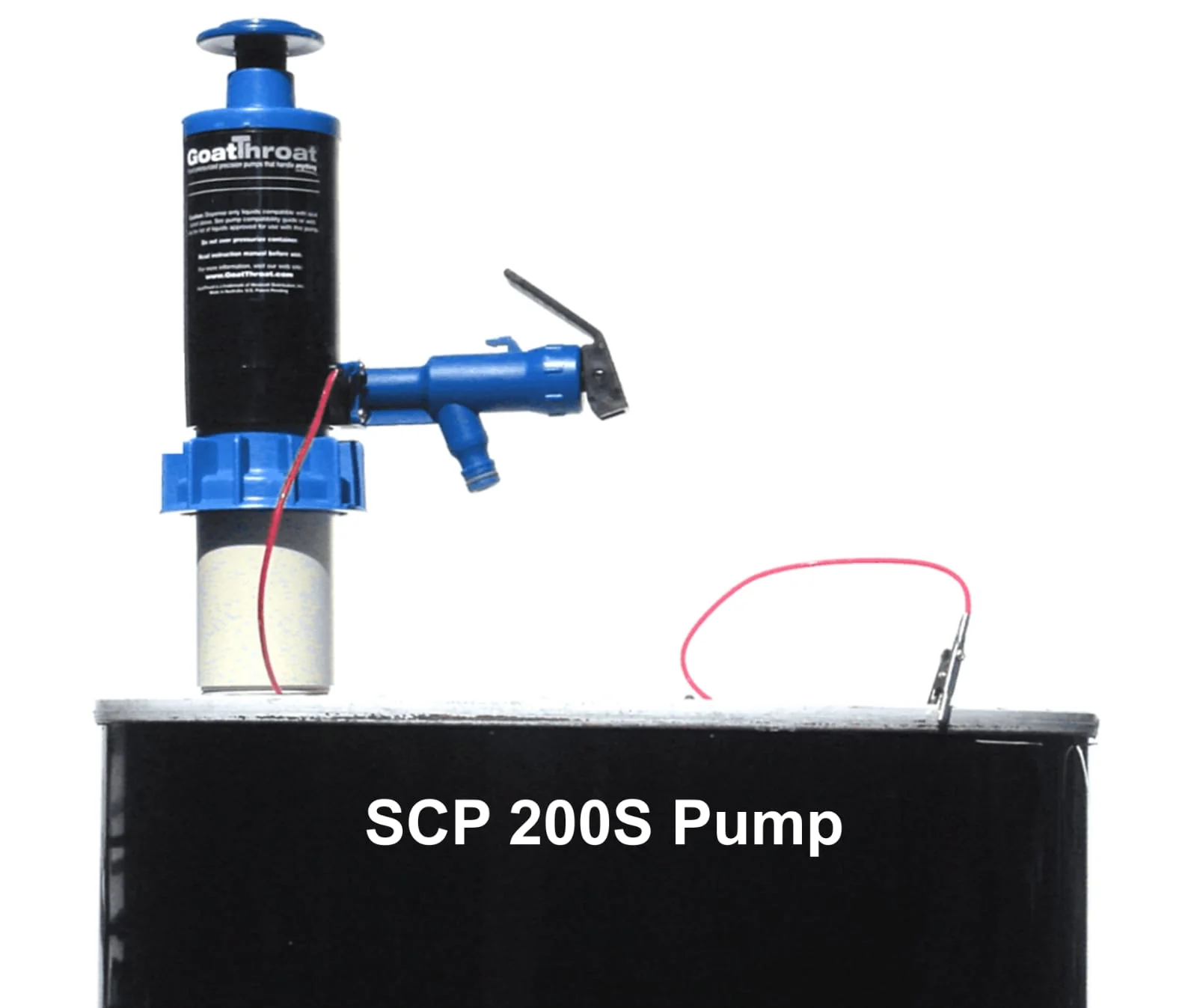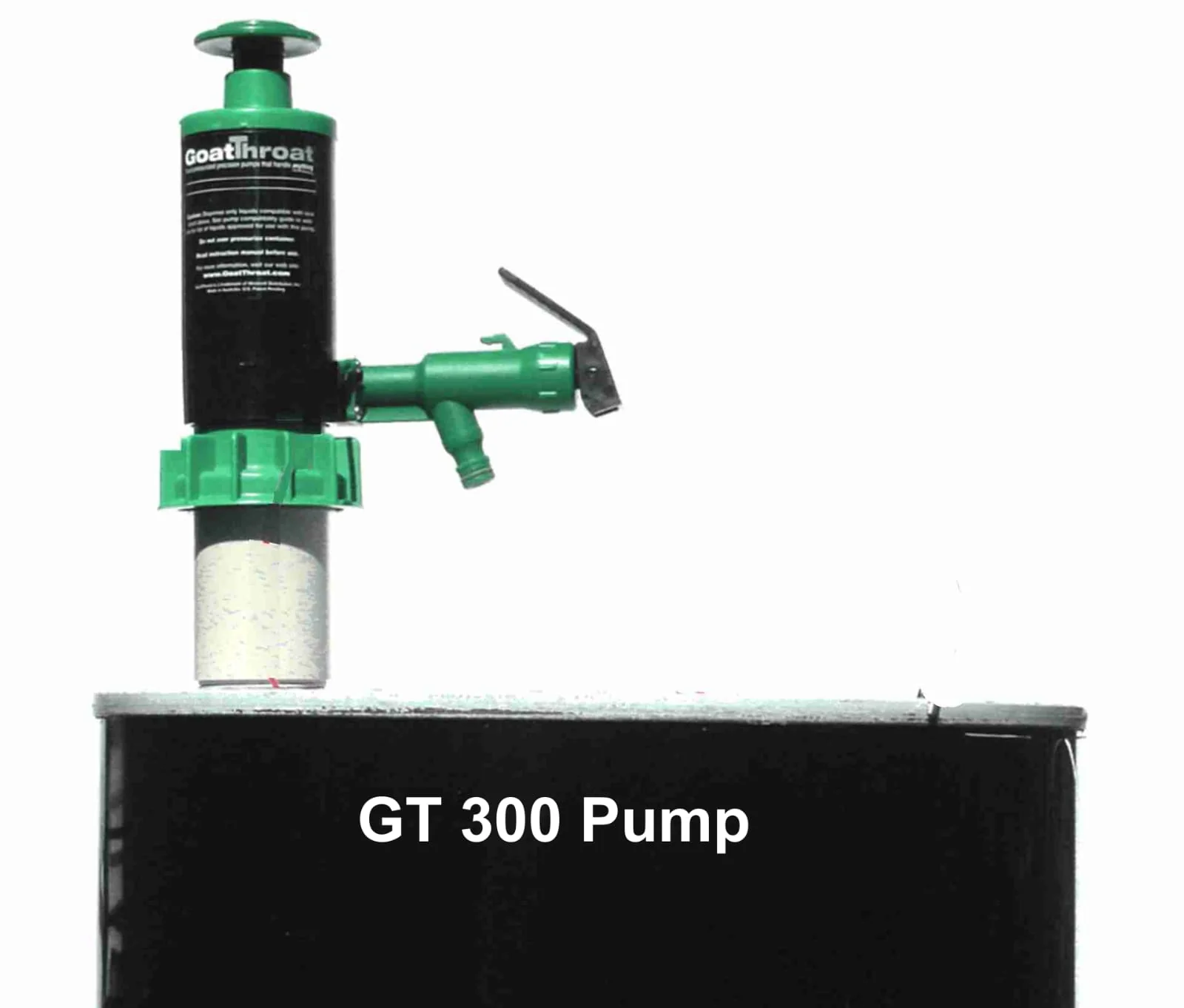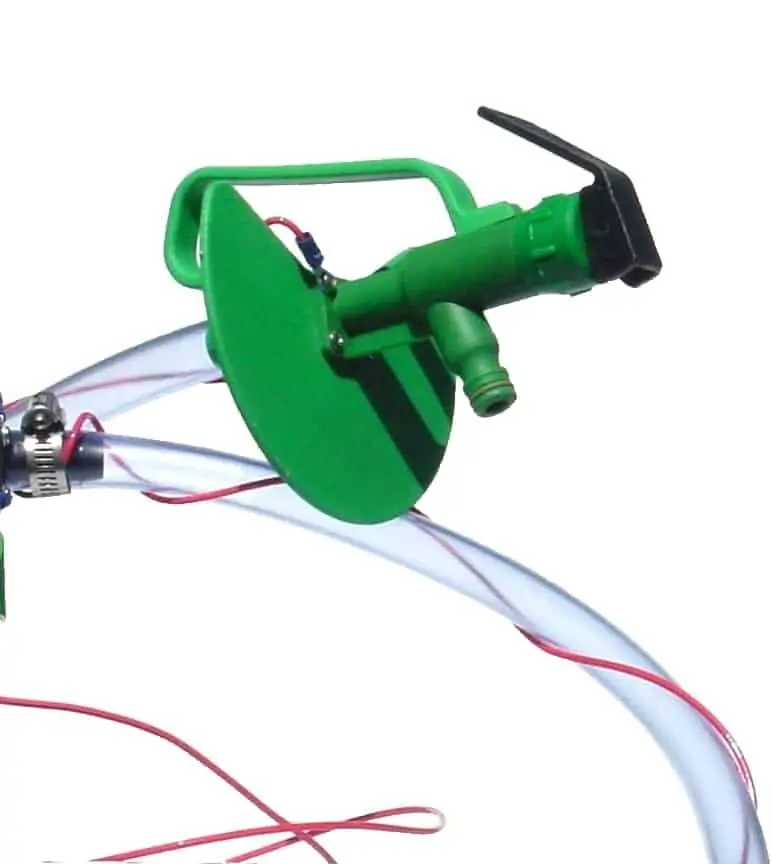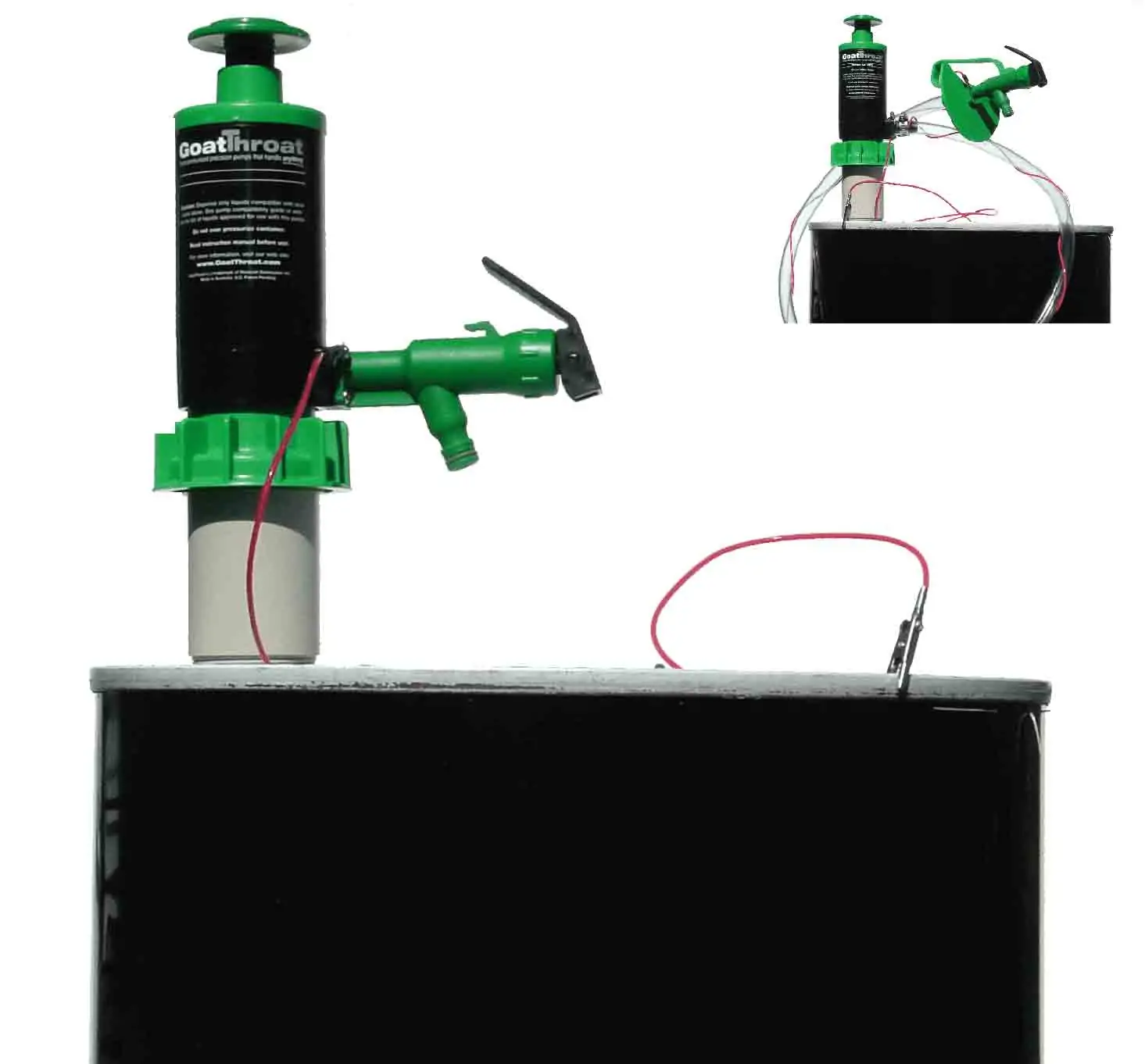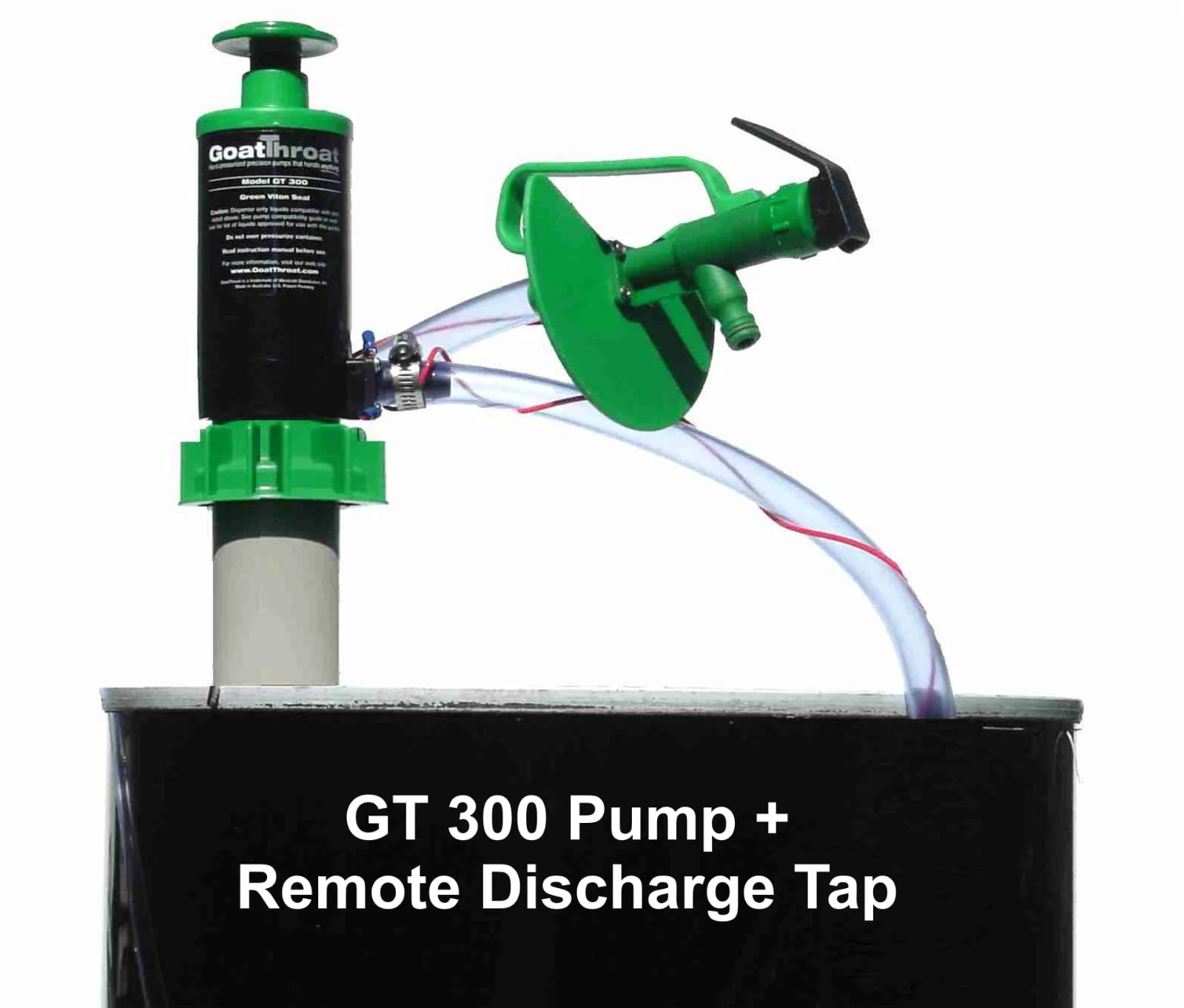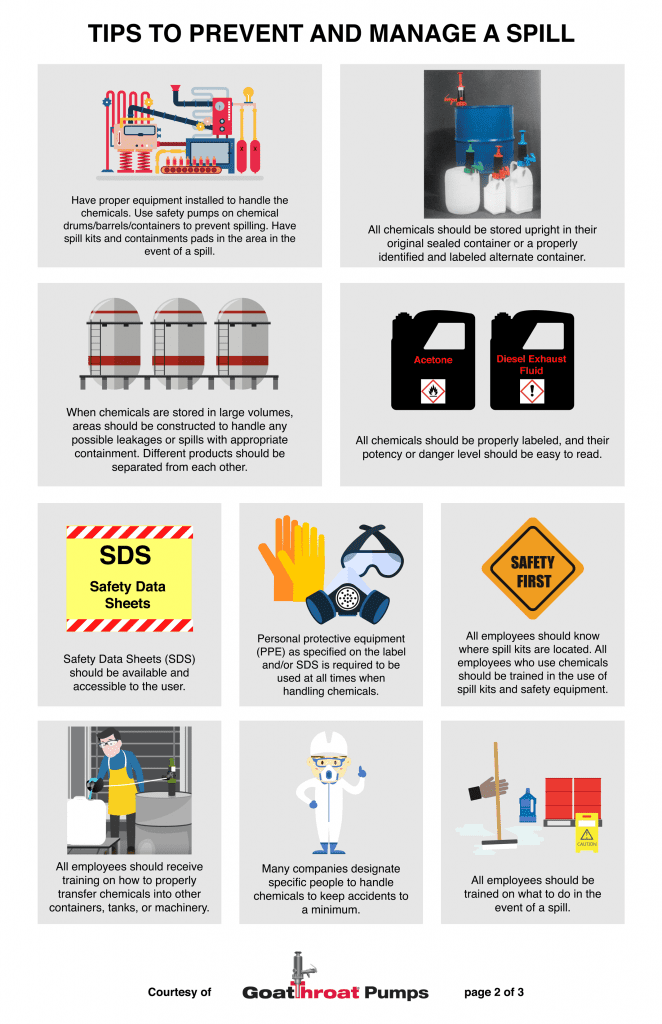
The Most Common Chemical Spills in the Workplace Part 2 of 3
Some types of spills are seen time and time again in workplaces all around the country. This is mostly due to the fact that the same poor practices are still in place. Fortunately, making some upgrades and implementing better practices for handling chemicals and liquids can potentially reduce the risks of both minor and major spills.
Equipment Failure
Many hazardous spills result from equipment failure. Things like pumps which are not designed to handle the liquids can easily lead to spills and other accidents. One of the most common causes of spills in workplace settings today is the “tip-and-pour” method. This method relies on the act of angling and tipping a drum in order to pour the liquid out . An immediate red flag should be going up if this method is used at your facility. It is so easy for a worker to tip a 350 lb. drum or barrel too quickly and create a very serious spill, to say nothing of the physical harm of the barrel falling on the employee. A much smarter idea is to use a pump that does not rely on gravity. A one-tap pumping method can ensure a smooth, reliable flow every time and cut down on the need to tip and pour.
Improper Storage
Many facilities are forced to store drums and barrels dangerously because they rely on systems that need gravity in order to work. Not storing containers in the original, upright shipping position invites spills and leaks. What’s more, fears of vapor leakage and fire hazards often cause businesses to store liquid materials far away from work areas where they cannot be properly monitored.
i A better idea is to use a drum pump on a container in the upright postion to safely and efficiently decant chemicals into smaller, easy-to-use containers.
Failure to Follow Safety Procedures
Many spills occur because someone cuts corners or is completely unaware of the safety procedures that are in place. Proper training, signage, and accountability must be in place whenever chemicals or hazardous liquids are part of a workflow. Employees need to know that they are in a zero-tolerance environment when it comes to skipping safety procedures. In addition, guidance must come from the top down. Managers and those tasked with overseeing a facility must be familiar with what is required by OSHA, the EPA, state laws, federal laws, and all regulating bodies. Both the procedures and the materials that are used should be in full compliance with what is required.
Improper Training
No employee should be improvising or making guesses when it comes to the proper way to extract or transfer chemicals using containers. Tight procedures must be in place and employees must be trained using quality, consistent pumps that deliver the same performance across the board. Uniformity is key.
One big problem that many facilities encounter is that different types of pumps are used throughout an environment. This can create confusion and cause workers to be unprepared. By using one type of pump system across all point-of-use operations, your workers are already cross trained to work in another part of the operation and to ensure that workers are equipped ,o carry out tasks safely.


